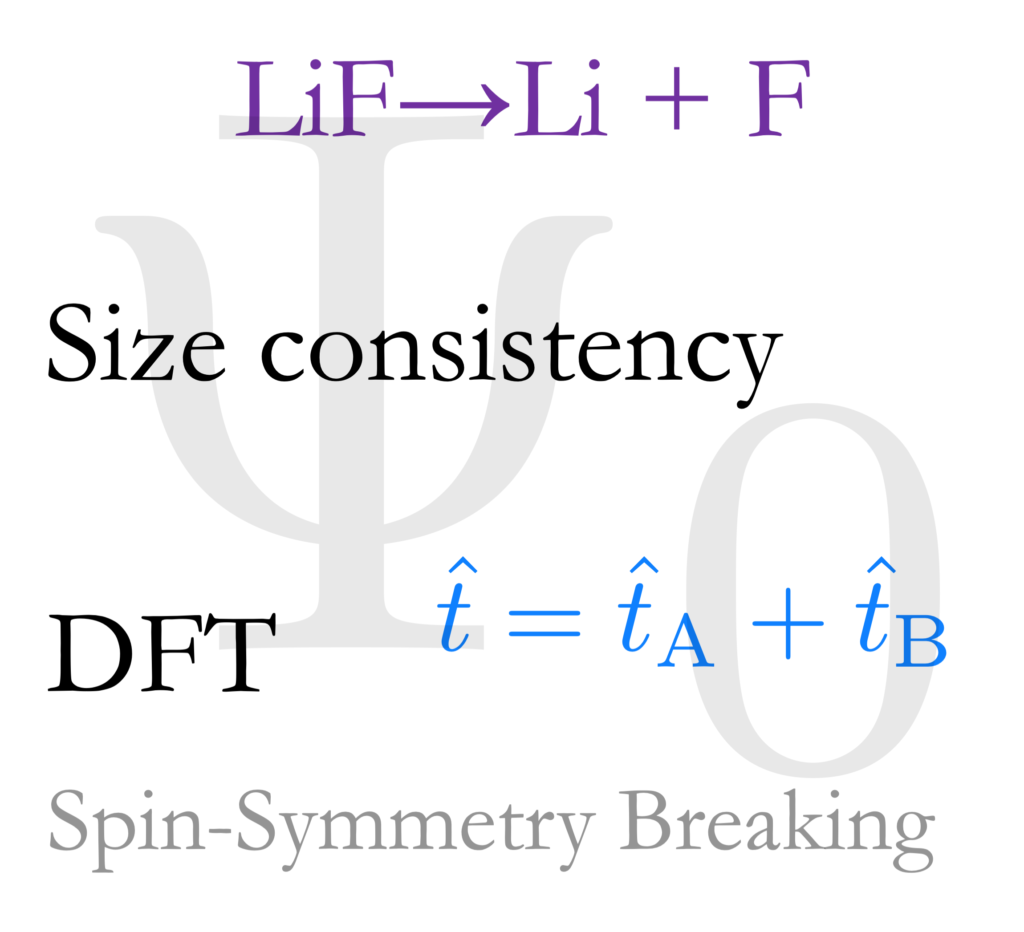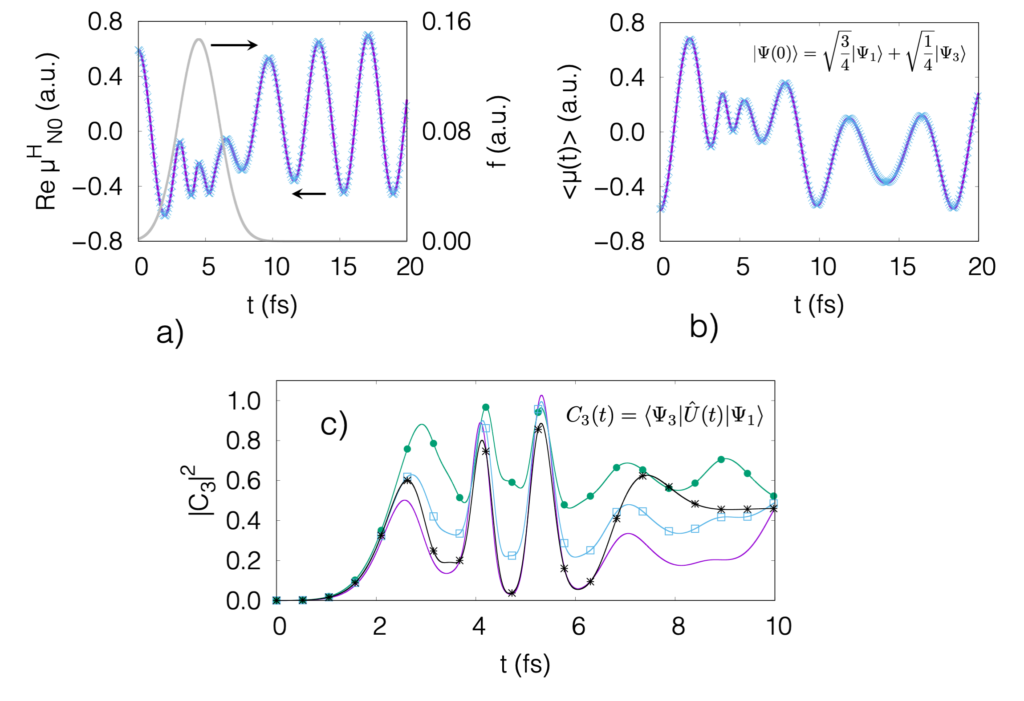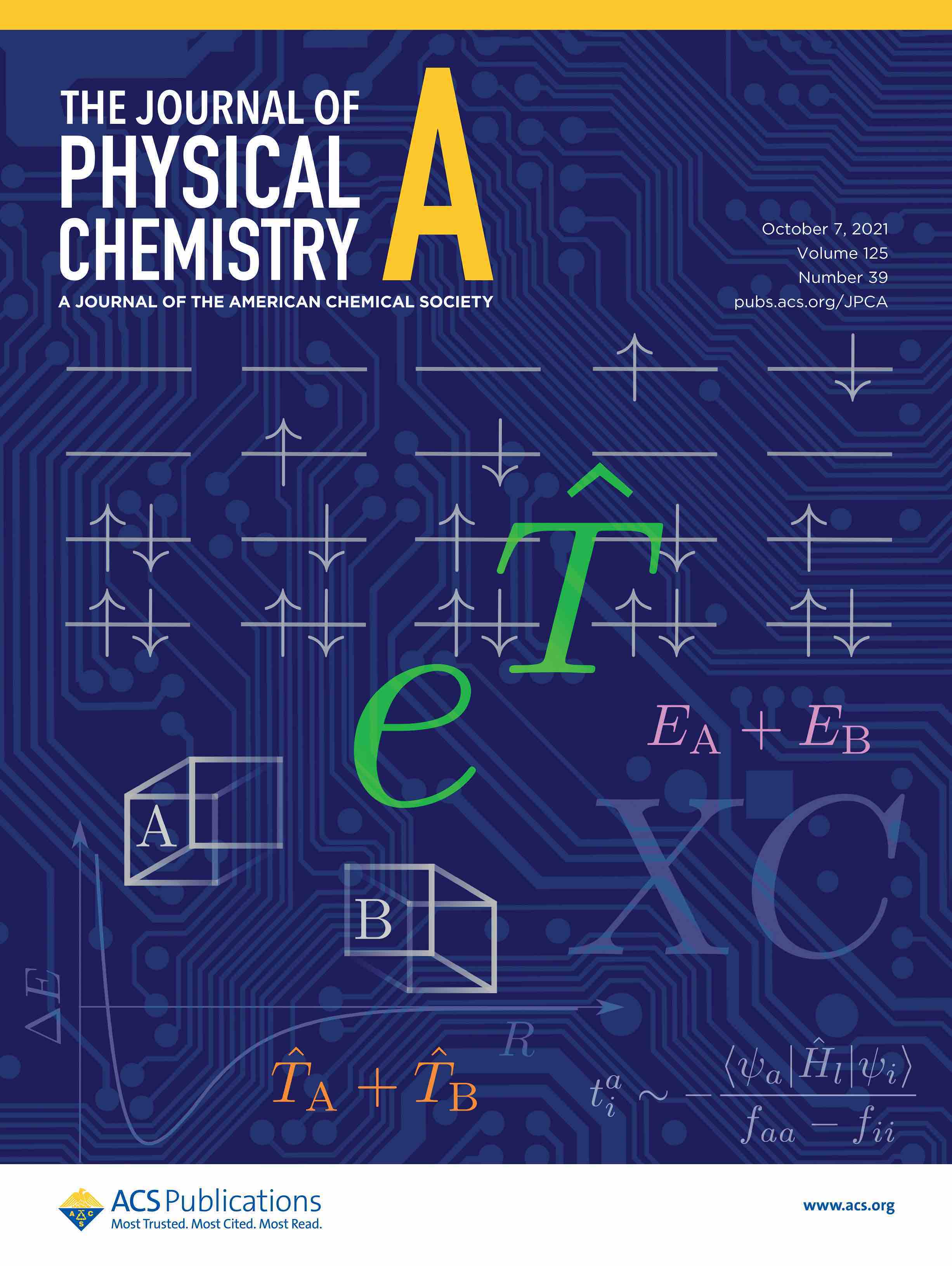
Following up our previous work that uses an idea from coupled cluster but in DFT calculations, we reported further application of this concept to compute the binding energies of diatomic molecules and to illustrate the elimination of the well-known problem of fractional charges. This work is the result of productive efforts by Greta Jacobson (2021 REU student at the time, now at U Washington Chemistry), Dr. Marmolejo-Tejada, and myself. DFT simulations struggle sometimes to predict properties of systems where one or more bonds are “stretched” significantly in such a way that fragments with unpaired electrons emerge. Our work shows a practical way to avoid these problematic charges. In this paper we also discuss procedures that save computational resources for future applications. Big thanks to the #LatinXChem 2021 organizers and ChemPhysChem for their invitation to contribute to this special issue in Latin American Physical Chemistry. Link to publication.



